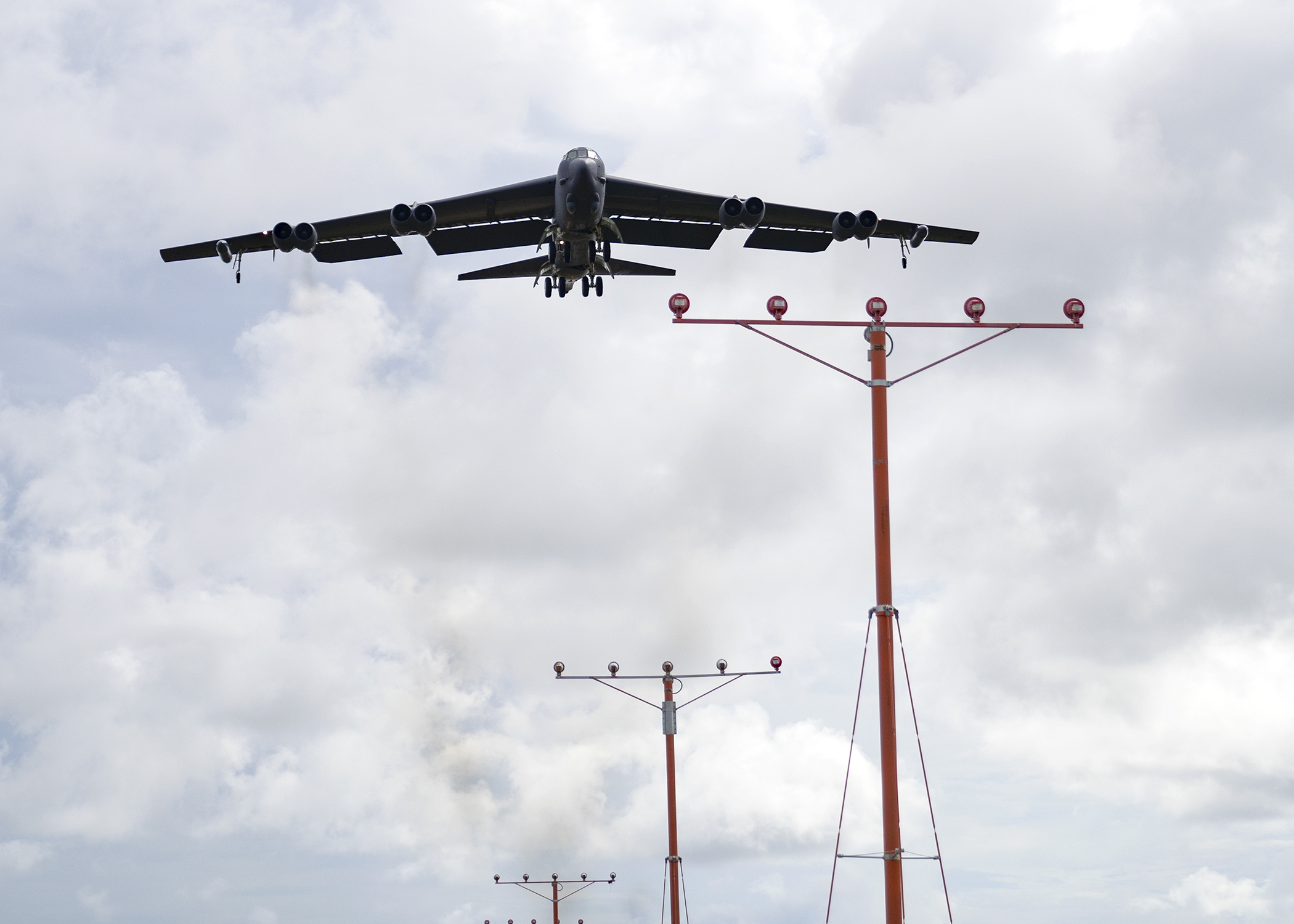The EU Strategy for Cooperation in the Indo-Pacific: Stabilisation Instead of Confrontation
In the strategy towards the Indo-Pacific, published on September 16, the EU announced its growing commitment to this region, which is crucial for international politics and the economy. The Union's cooperative approach may disappoint some of its partners who want a tougher approach to China. However, it responds to the challenges and needs of most Indo-Pacific countries, and thus can help stabilise the region.
 Photo: Cover Images/Zuma Press
Photo: Cover Images/Zuma Press
How does the EU define the Indo-Pacific?
The term "Indo-Pacific" became popular a few years ago after it was adopted in U.S. policy by the Donald Trump Administration. However, there is no single definition of it, and the borders of the region are determined differently by individual countries. The EU document describes the Indo-Pacific as stretching from 'the east coast of Africa to the Pacific Island States.' This means that the U.S. is not seen as a resident power in the area, while China is. The countries in the region are inhabited by over 60% of the global population, produce 60% of the world's GDP and are responsible for 57% of the total CO2 emissions. The EU is the largest investor and source of development aid, and one of the main trading partners for the Indo-Pacific countries. The region is the EU's second largest export market, with 40% of EU trade flowing through its sea routes. Thus, the future of the EU depends largely on the stability and prosperity of the Indo-Pacific.
Why does the EU need a strategy for this region?
The strategy expresses the EU's ambitions to influence the situation in the region, which is becoming the most important arena of international politics in the 21st century, including for rivalry between te U.S. and China. The Union, which had an established policy on "Asia and the Pacific", has long been reluctant to create a new one for the Indo-Pacific. It changed its mind after the main countries in the region (Australia, Japan, the United States, India, and ASEAN countries), as well as three EU Member States (France in 2019, Germany and the Netherlands in 2020) adopted their own documents on the Indo-Pacific and pushed for a common policy. On April 19, the Council of the European Union adopted guidelines for writing the strategy, entrusting this task to the European Commission (EC). The joint document is intended to help eliminate Member States’ differing concepts of the Indo-Pacific, prevent future divisions, and ensure a coherent policy for the entire Union in this region.
What are the aims and findings of the document?
The main goals of the Union are to defend and solidify the regional rules-based order, and to support "stability, security, prosperity and sustainable development". The strategy identifies seven priority areas for EU engagement: "Sustainable and Inclusive Prosperity", "Green Transition", "Ocean Governance", "Digital Governance", "Connectivity", "Security and Defence", and "Human Security". It announces, among other things, the implementation of existing trade and investment agreements and negotiating subsequent ones, strengthening and diversifying resilient value chains, creating regulations and facilitating financing for infrastructure investments, defence of human rights and international law. For the first time, it points to a greater EU security presence by exploring enhanced naval deployments by Member States to help protect sea lanes for the purposes of communication and freedom of navigation, and to strengthen capacities in the maritime security of Indo-Pacific partners.
How will the strategy affect the EU's foreign and security policy?
The strategy does not signal a fundamental shift in the Union's external policy, but gathers in one document the existing initiatives related to the Indo-Pacific. It expresses a will to increase the Union's involvement in this part of the world, and to strengthen cooperation with countries and organisations that share EU values. Although the EC confirms a more assertive approach to China on several issues (such as trade and human rights), it distances itself from rising tensions between the U.S. and China, and from polarisation in the region. The strategy does not propose new sources of financing. Implementation will be financed from the existing development aid programmes and blended financial instruments. The EU approach is based on a realistic assessment of its own resources and focuses on non-military areas (economy, regulation and climate), in which the EU has the most to offer.
What is its international significance?
The non-confrontational and inclusive vision of the Indo-Pacific, based on multilateral cooperation and compliance with international law, is an attractive proposition for the countries of the region, alternative to the policies of the U.S. and the China. The document may disappoint, however, the U.S. and India, who expected stronger support in their rivalry with China or greater involvement in the field of security. Yet, buy emphasising economic issues, it is complementary to the AUKUS security pact announced on the same day by the United States, the United Kingdom and Australia. The Union's approach is consistent with the perspectives of ASEAN, Japanese and South Korean members, rejecting a binary choice between the two super-powers and expecting pragmatic solutions to key regional challenges. Greater EU involvement can strengthen multilateralism, alleviate China's fears and reduce tensions in the region.

